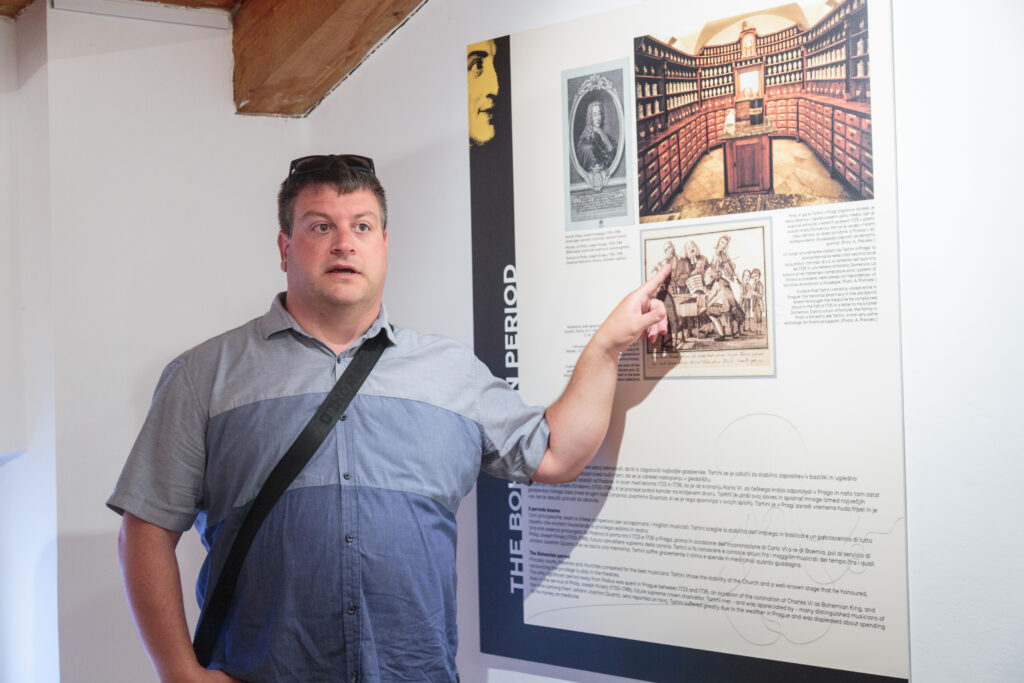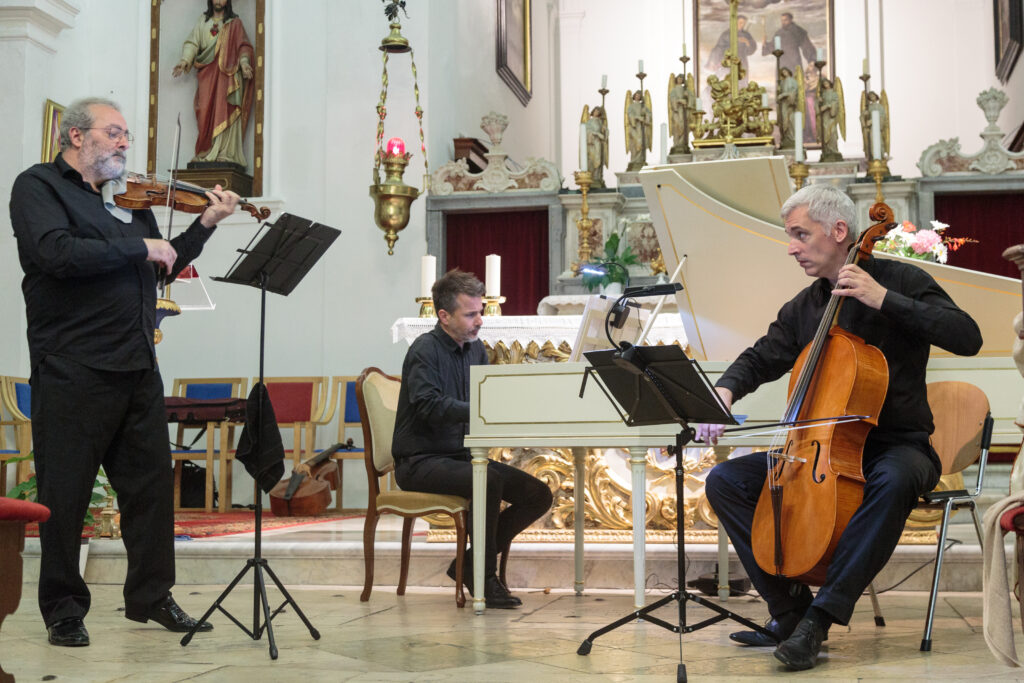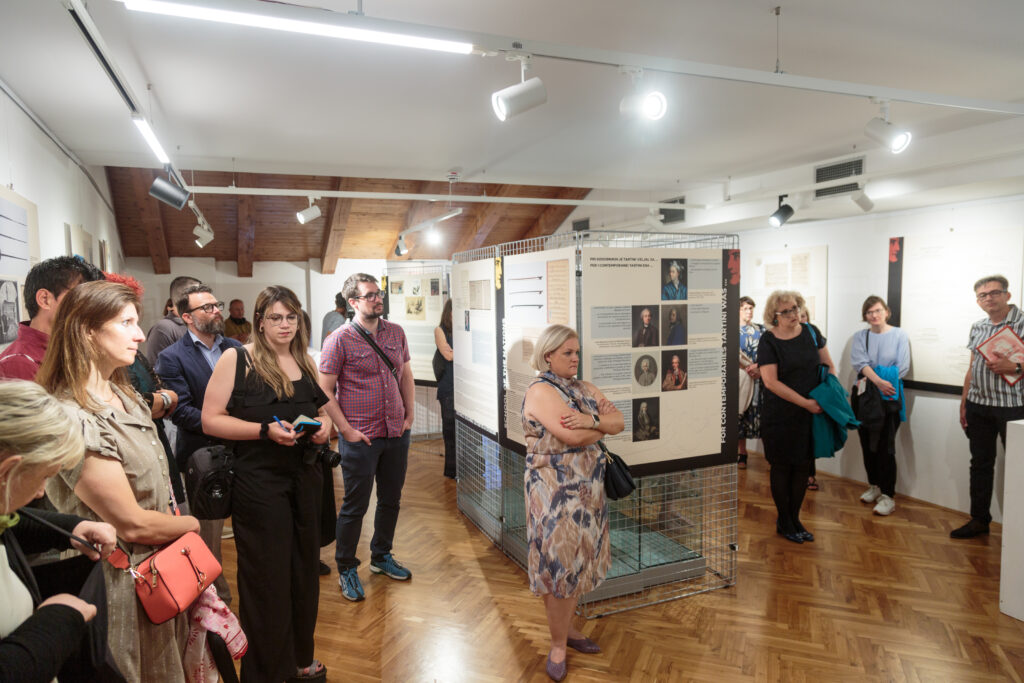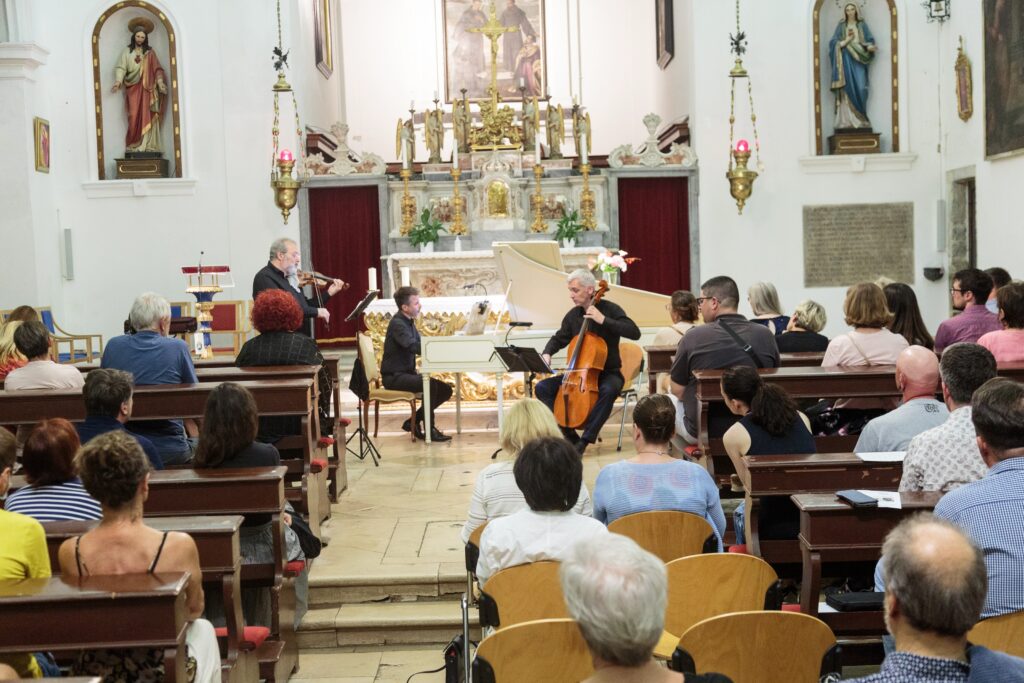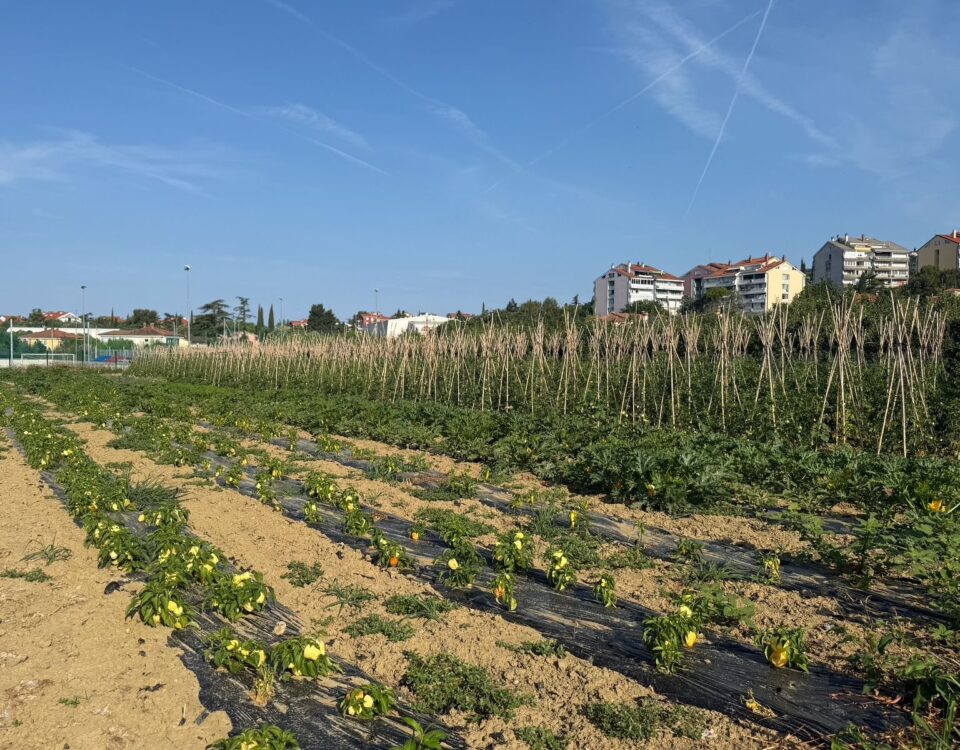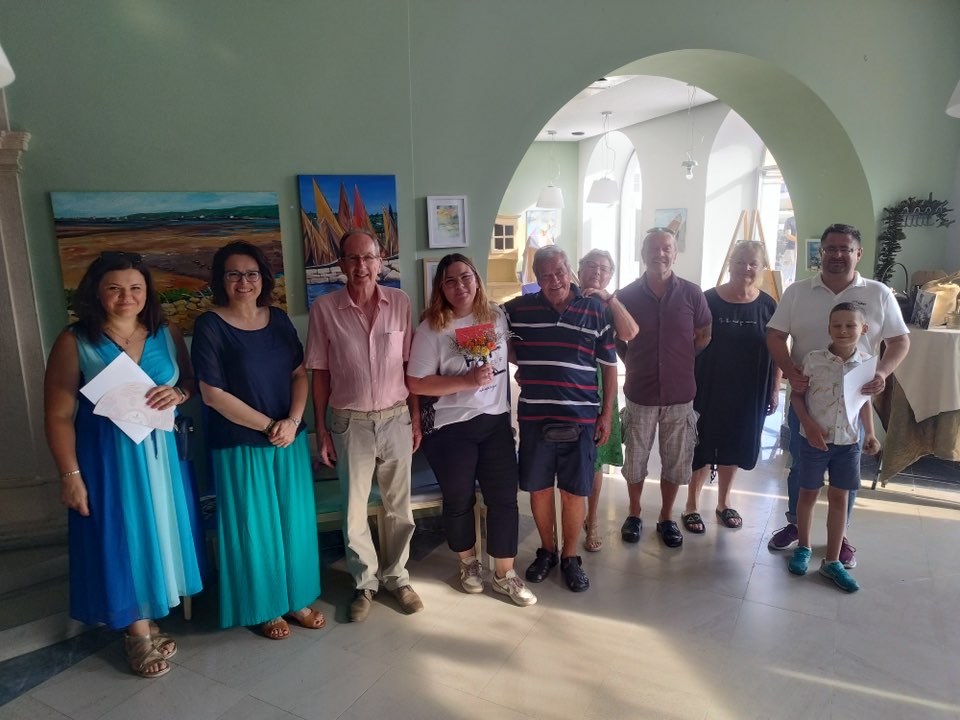Giuseppe Tartini “Maestro delle Nazioni” nella sua casa natale

Gentilmente invitati agli eventi della settimana
07/03/2023
Foto: »TOMOS – UN VIAGGIO AL FARO DI PIRANO«
07/06/2023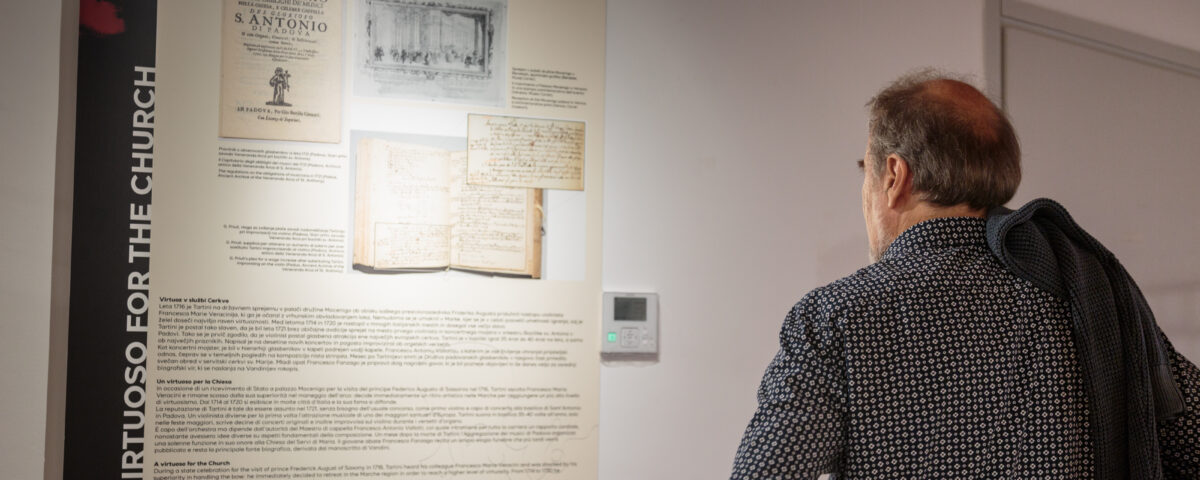
L’esposizione “Maestro delle Nazioni”, dedicata al patrimonio culturale europeo condiviso di Giuseppe Tartini, è finalmente approdata nella sua città natale, proprio tra le mura che lo hanno visto nascere. Una retrospettiva che ha già fatto tappa presso la sede del Parlamento europeo a Bruxelles e quella della Camera di Stato slovena a Lubiana, che offre la possibilità di scoprire e riscoprire la vita e l’ingegno del Maestro delle Nazioni come mai sinora e va ad arricchire il percorso museale di Casa Tartini. I musicologi e docenti universitari, curatori della mostra, Sergio Durante dell’Università di Padova, Nejc Sukljan e Boštjan Udovič dell’Ateneo lubianese, hanno unito le forze per portare al pubblico il frutto di anni di ricerche del genio di Tartini, uno dei personaggi che più ha segnato la scena del XVIII secolo e del periodo Illuminista e che ha abbattuto diverse frontiere secoli prima che l’Europa unita diventasse realtà. Gli interventi della presidente della CI “Giuseppe Tartini” Fulvia Zudič e del collaboratore professionale CAN e CI Andrej Rojec hanno fatto trapelare particolare orgoglio nel vedere aprire al pubblico i frutti di anni di lavoro e ricerche, nonché il crescente interesse rivoltogli. L’esposizione rientra nell’ambito delle celebrazioni dei 330 anni della nascita di Giuseppe Tartini dello scorso anno ed è patrocinata anche dal Comune di Pirano, rappresentato per l’occasione dalla vicesindaco Manuela Rojec, che ha tenuto a ringraziare la giunta attuale, ma anche quella precedente per le attività volte a far conoscere il cittadino più celebre della storia di Pirano.
Una serie di pannelli trilingui in italiano, sloveno e inglese ripercorre le tappe più significative della vita di Giuseppe Tartini, partendo da “La nascita di una stella”, proprio nell’edificio che oggi ne porta orgogliosamente il nome ed è sede dell’omonima comunità degli Italiani. Non mancano nozioni delle prime esperienze educative presso il Collegio dei Nobili di Capodistria che ne predicono l’intelletto sopraffine e la natura irrequieta, passando anche per il periodo boemo e culminando con una carta geografica dell’Europa con segnati i luoghi di provenienza dei suoi numerosi celebri allievi. Particolare attenzione viene data alla città che lo ha visto formarsi come musicista e dove ha fondato la celeberrima “Scuola delle Nazioni”, ossia Padova. “Era il polo scientifico della Serenissima, Venezia non ne aveva uno, e Giuseppe era cittadino della Repubblica di Venezia, non è andato a studiare all’estero. Lo “straniero” poteva essere il padre fiorentino a Pirano, quella ai tempi era una nazione a sé”, ha tenuto a precisare uno dei curatori della mostra Nejc Sukljan. “Del periodo boemo ricordiamo anche il prezzo che questo ha avuto sulle condizioni di salute del Tartini, dalla corrispondenza con la famiglia scopriamo che spesso si lamentava dei continui malanni e del fatto di spendere tutti i suoi guadagni in quella che al tempo era la farmacia”, ha spiegato il musicologo al vernissage del primo luglio. Oltre ai materiali concernenti il Maestro delle Nazioni, l’omonima esposizione offre la possibilità di conoscere il celebre violinista attraverso gli occhi di intellettuali di spicco contemporanei, come Jean-Jacques Rousseau, il quale loda ripetutamente il suo trattato di teoria musicale, anteponendolo a quello del compositore francese Jean-Philippe Rameau.
Con la conoscenza a disposizione oggi l’appellativo musicista, compositore o violinista starebbe stretto al genio di Tartini, i suoi settori di competenza comprenderebbero la filosofia e fisica del suono, essendo una perturbazione di tipo meccanico, ossia una variazione di densità e di pressione del mezzo nel quale esso si propaga, solitamente l’aria. Ed è proprio in ambiti esterni alla musica che il nome di Giuseppe Tartini si sta facendo strada e sta diventando oggetto di ricerca e meritata riscoperta.
Una mostra su Giuseppe Tartini non sarebbe completa senza un accompagnamento musicale e grazie alla tecnologia ciò è stato reso possibile tramite una serie di codici QR, tramite i quali si accede a diverse composizioni del Maestro. Il pubblico dell’inaugurazione ha avuto modo di ascoltare dal vivo quasi una decina tra sonate, concerti, temi e variazioni firmate da Tartini al concerto “Fuoco, fantasia, essenzialità e maestria” che si è scolto presso la chiesa di San Francesco con i virtuosi Federico Guglielmo al violino, Domen Marinčič al violoncello e alla viola da gamba e Tomaž Sevšek al clavicembalo. Le attività inerenti alla mostra e alle celebrazioni continueranno, si spera alla presenza dei curatori, specie in occasione dell’anniversario di posa del monumento a Giuseppe Tartini nella piazza a lui intitolata il 2 agosto prossimo.
La mostra rimane aperta al pubblico fino al 31 agosto durante gli orari di apertura del percorso museale di Casa Tartini (mar-dom 9-12; 18-21) che è gratuito per i soci dell’omonima CI.
Testo: Maja Cergol
Foto: Nataša Fajon

